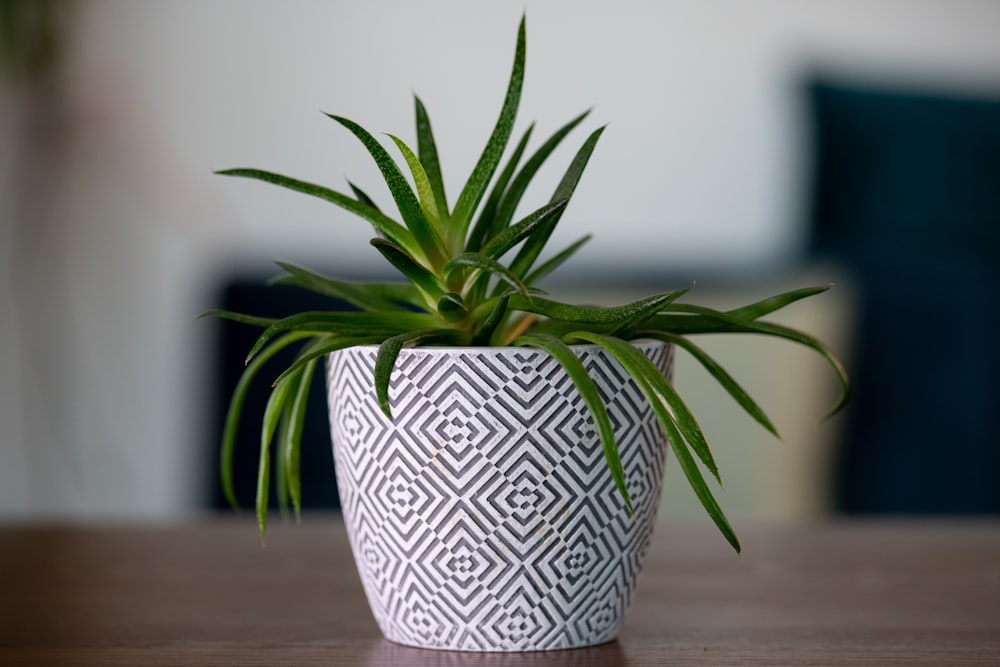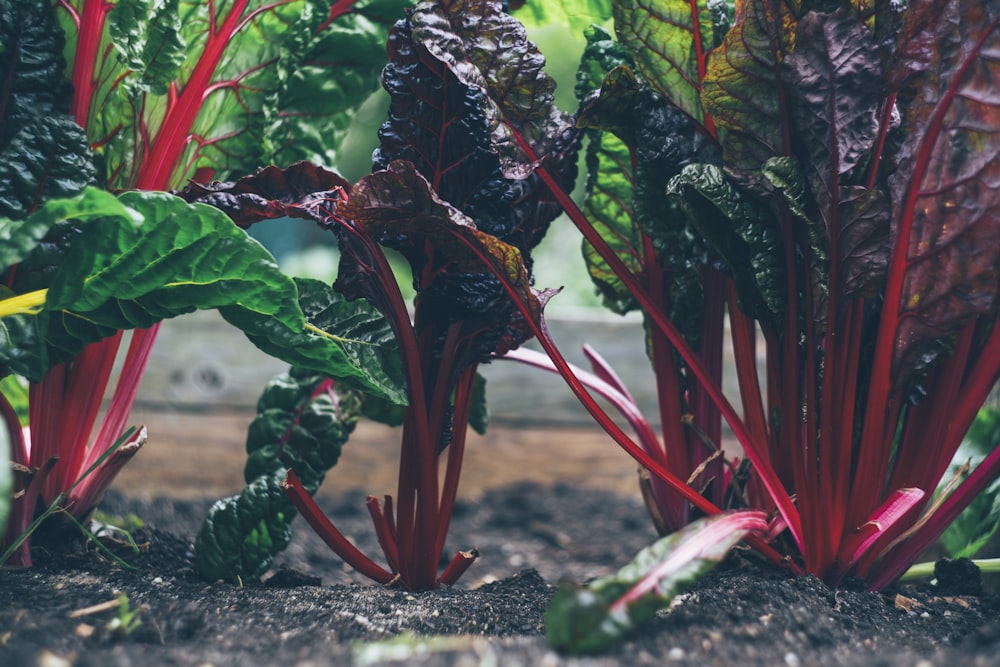Maximizing Space: Backyard Vegetable Garden Ideas
Getting Started with Backyard Vegetable Gardening
Embarking on a journey to grow your own veggies in your backyard can be both rewarding and fulfilling. It’s not just about having a green thumb but also about understanding the basics and finding creative ways to make the most out of your available space.
Choosing the Right Vegetables
Before you start digging, think about the vegetables you want to grow. Consider factors like your climate, sunlight exposure, and soil quality. Opt for vegetables that thrive in your region and are suitable for the size of your garden.
Planning Your Garden Layout
Once you’ve decided on the vegetables, it’s time to plan your garden layout. Think strategically about where each vegetable should go based on its sunlight and spacing requirements. Consider using raised beds or vertical gardening techniques to maximize space.
Preparing the Soil
Healthy soil is the foundation of a successful backyard vegetable garden. Test your soil’s pH levels and amend it with organic matter like compost or aged manure to improve fertility and drainage. Regularly aerate the soil to promote root growth and nutrient uptake.
Planting and Maintenance
When it comes to planting, follow spacing guidelines and plant at the right depth for each vegetable. Water your garden regularly, especially during dry spells, and mulch to conserve moisture and suppress weeds. Monitor for pests and diseases, and take timely action to protect your plants.
Companion Planting and Crop Rotation
Utilize companion planting techniques to enhance plant health and deter pests naturally. For example, planting marigolds near tomatoes can repel nematodes. Additionally, practice crop rotation each season to prevent soil depletion and reduce the risk of disease buildup.
Harvesting Your Bounty
One of the joys of backyard vegetable gardening is harvesting your own fresh produce. Harvest vegetables at their peak ripeness for the best flavor and nutritional value. Enjoy the satisfaction of incorporating homegrown veggies into your meals.
Seasonal Considerations
Different seasons bring different challenges and opportunities for your backyard vegetable garden. Plan ahead for seasonal changes, such as protecting tender plants from frost in winter and providing shade for heat-sensitive crops in summer.
Sustainable Practices
Embrace sustainable gardening practices in your backyard vegetable garden. Use organic fertilizers and pesticides, conserve water through drip irrigation or rainwater harvesting, and practice responsible waste management by composting organic matter.
Community and Sharing
Consider sharing your gardening experiences and surplus produce with friends, family, or local community initiatives. Gardening can be a wonderful way to connect with others and contribute to a healthier, more sustainable food system.
Continued Learning and Improvement
Gardening is a continuous learning process. Stay curious, attend workshops or classes, and experiment with new techniques and varieties. By staying engaged and adaptable, you’ll continue to grow and enjoy the fruits of your backyard vegetable garden. Read more about backyard vegetable garden




